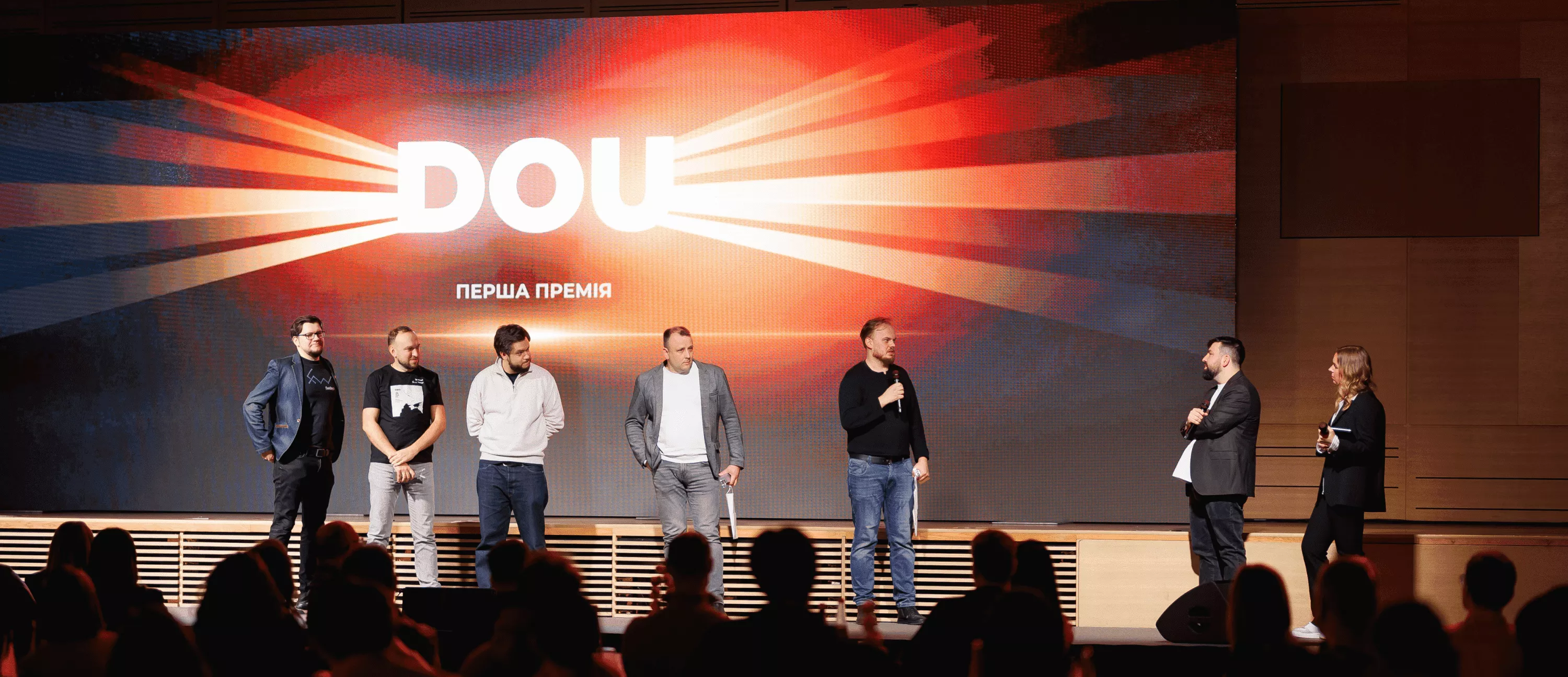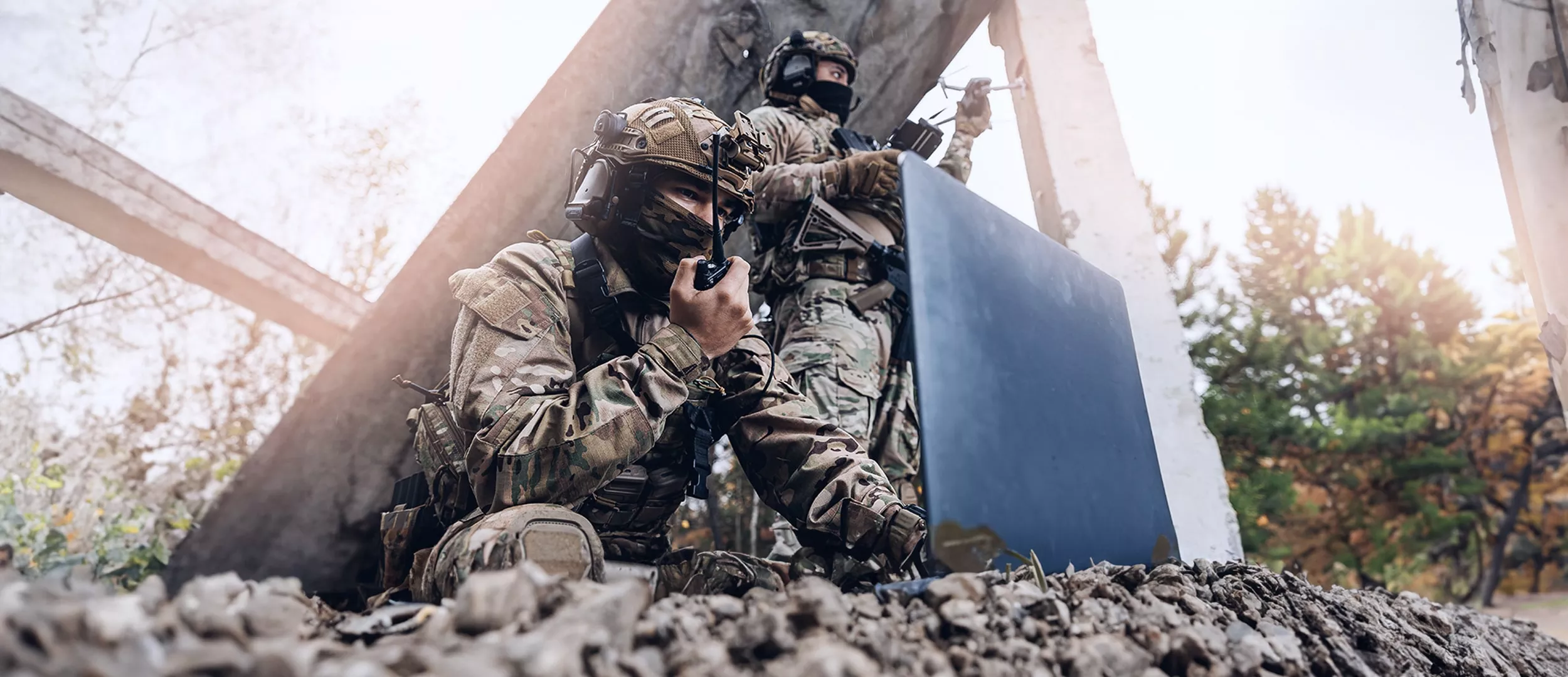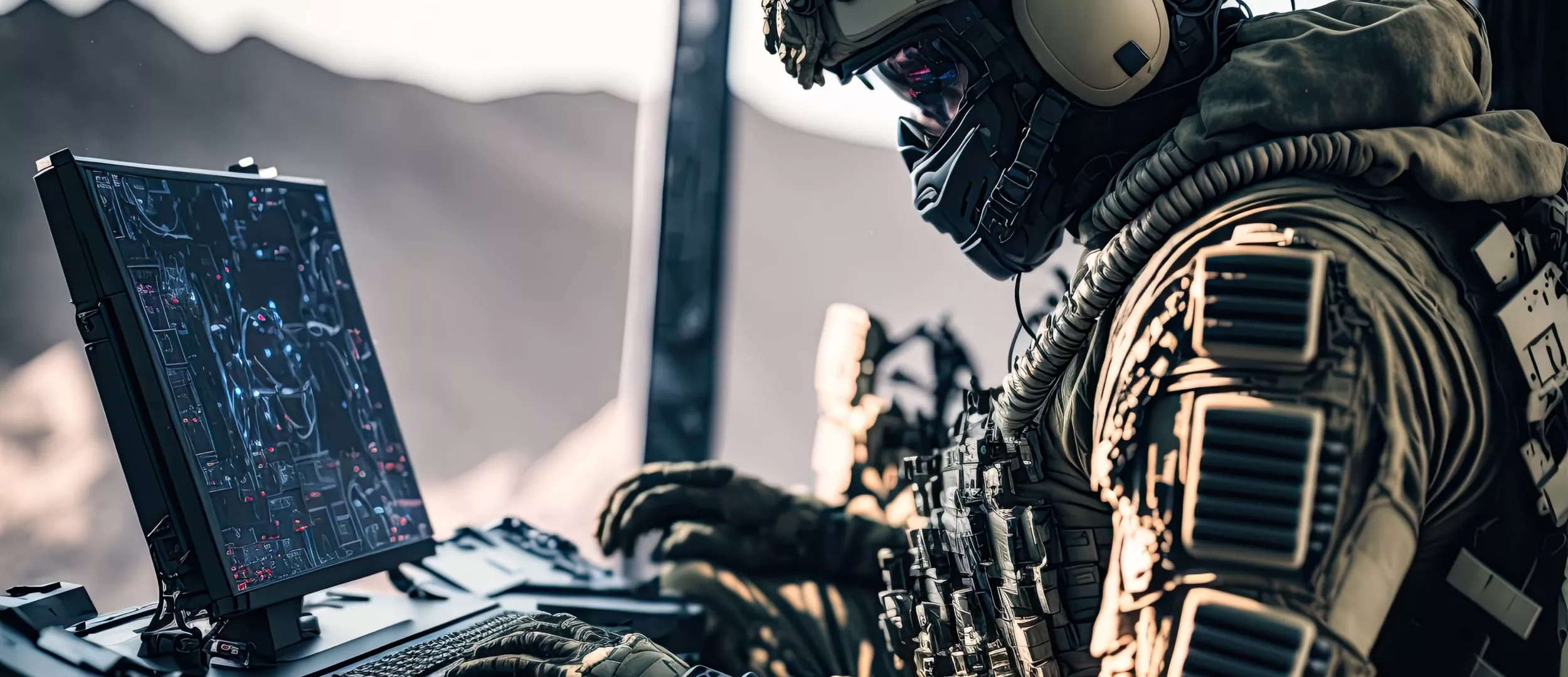
In 2023, the aerospace and defense industry experienced a resurgence in product demand. The aerospace sector, specifically domestic commercial aviation, saw a surpassing of pre-pandemic levels in revenue passenger kilometers in most countries, driven by a notable increase in air travel. This surge in travel led to a heightened demand for new aircraft and aftermarket products and services. In the US defense sector, new geopolitical challenges, coupled with a focus on military modernization, fueled robust demand in 2023, particularly for weapons and next-generation capabilities.
The demand for A&D products and services is anticipated to persist into 2024. On the commercial front, the trajectory of travel is expected to continue its upward path. In the defense segment, the demand for products is projected to keep growing amidst increasing geopolitical instability.
Defense Market Overview
The global defense market achieved a valuation of approximately $474.69 billion in 2021, exhibiting a compound annual growth rate (CAGR) of 4.0% from 2016. Forecasts suggest that the market will experience growth, increasing from $474.69 billion in 2021 to $687.84 billion in 2026, representing a growth rate of 7.7%. Subsequently, it is anticipated to maintain a CAGR of 4.0% from 2026 onwards, reaching a value of $838.03 billion in 2031.
North America, particularly the United States, will continue to play a pivotal role, and any changes in the United States may influence the trends in the aerospace and defense industry. The North American market is anticipated to witness substantial growth during the forecast period, driven by the widespread adoption of advanced technology and the presence of major industry players.
Europe also holds a significant position in the global market, experiencing remarkable growth with a magnificent CAGR during the forecast period of 2022-2030.
Despite intense competition, the global recovery trend and investor optimism are evident. New investments are expected to enter the field, reflecting the overall positive outlook for this sector.
Technological innovation and advancements will enhance product performance, expanding its use in downstream applications. Additionally, consumer behavior analysis and market dynamics, including drivers, restraints, and opportunities, provide essential insights into the defense market.
Want a web app that does more?
Let's build a solution that's smart, sleek, and powerful.
Alina
Client Manager

Ukraine's Defense Industry: A Catalyst for Economic Growth and International Collaboration
On September 29, 2023, Kyiv hosted the inaugural International Forum of Defense Industries (DFNC1), serving as a convergence point for 252 companies hailing from over 30 countries engaged in producing a comprehensive array of weapons, military equipment, and defense systems. This significant gathering was collaboratively organized by three key ministries: the Ministry of Strategic Industries of Ukraine, the Ministry of Defense of Ukraine, and the Ministry of Foreign Affairs of Ukraine.
Ukraine possesses a robust foundation to establish a formidable defense-industrial complex. Current Ukrainian enterprises are engaged in the production of artillery ammunition, NATO-caliber 155mm artillery systems, and innovative automated systems such as naval drones, long-range UAVs, missiles, and anti-tank systems, effectively deployed on the frontlines. The pace of development in Ukrainian production and technologies continues to rise steadily.
The defense industry is a pivotal component in the overall advancement of the Ukrainian economy. Within the framework of the Forum, Ukraine has entered into 20 agreements and memorandums with international partners, encompassing the manufacturing of drones, repair and production of armored vehicles, and ammunition. Collaboration formats include joint production, technology exchange, and component supply, fostering an equal partnership that strengthens all participating entities.
The localization of production within Ukraine holds the promise of attracting diverse technologies, ideas, and solutions, facilitating the acquisition of weapons tested in genuine combat scenarios.
President of Ukraine Volodymyr Zelenskyy unveiled several new initiatives to fortify defense cooperation during the International Defense Industries Forum.
New Frontiers: Defense Software
Defense software has become a dominant force on the battlefield, driving innovations such as autonomous systems, networked weapons, and cyberweapons. The future of defense relies on software-focused companies that prioritize responsiveness, continuous improvement, and iterative development processes.
The defense software development process adopts the agile principle, ensuring a swift and adaptable response to current situations and tasks. Agile product development not only reduces time-to-market but also minimizes technical risks, ensuring projects remain on schedule and within budget.
Agile development facilitates the testing of intricate designs before physical manufacturing, allowing for the evaluation of performance, manufacturability, and maintainability in the early stages of the design process.
Proven effective in the software industry, agile design methods present an opportunity for the military and defense industry to embrace similar approaches. As these sectors undergo rapid transformations, adopting agile methodologies can lead to success.
Establishing a model-driven collaborative design environment that seamlessly integrates electrical, mechanical, and software development can drive innovation. This approach leverages virtual verification and manufacturing to thoroughly test designs, fostering product advancement.
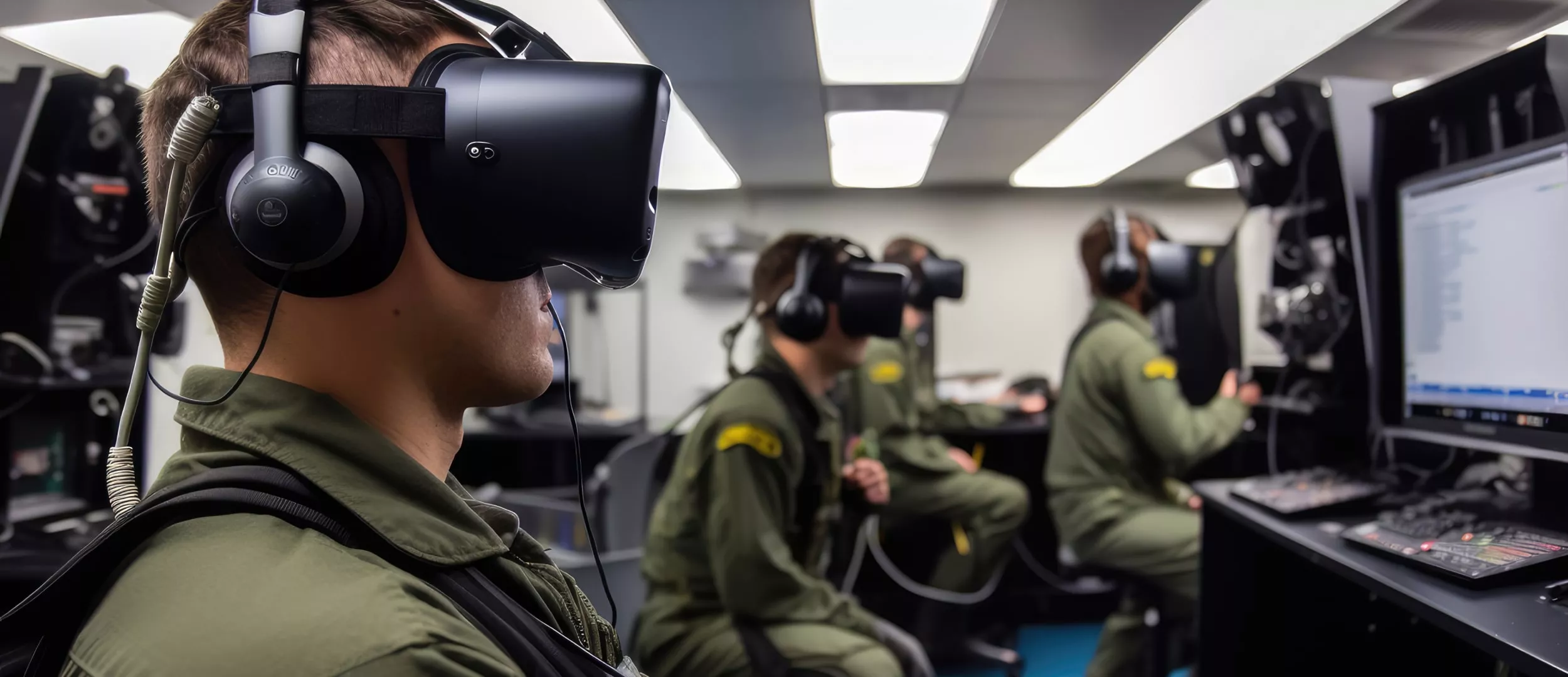
Benefits of Military and Defense Industry Software Development
Automation in Military Equipment Control
By leveraging Big Data, military operators can reduce the need for human intervention in controlling various types of military equipment. Data streams from sensors equipped on military vehicles, drones, and defense systems can be efficiently managed, providing valuable insights into the battlefield.
Cloud Technologies for the Defense Industry
The defense industry's reliance on extensive data collection, storage, and analysis necessitates the adoption of cloud technologies. Virtualization and cloud solutions become essential for handling complex Product Lifecycle Management (PLM) systems and other resource-intensive software applications.
Software in Military Equipment Simulation
Specialized software expedites the design and simulation of military equipment, reducing the time required for tasks such as project sketching, design, and modeling. This accelerates the overall production process of military equipment.
Artificial Intelligence (AI) in Defense
AI is a transformative force in the defense sector, influencing recruitment, training, deployment, and warfare strategies. It is integral to modern weapons, offering smart and precise capabilities. AI applications include real-time battlefield visualization, face recognition, machine learning for logistics optimization, and intelligence analysis.
Cybersecurity and AI in Modern Warfare
AI and machine learning contribute significantly to cybersecurity in modern warfare. Face recognition, machine learning algorithms, and information analysis from diverse sources enhance intelligence, logistics, and information warfare. The cybersecurity landscape has evolved, with AI playing a crucial role in defending against cyber threats.
Unmanned Systems and Drones
Unmanned systems, including drones, have become pivotal in modern warfare. They contribute to reconnaissance, intelligence gathering, and precision strikes. AI enhances the capabilities of unmanned systems, making them integral to defense strategies.
Competitive Advantage through Software and AI
The military-technical landscape is increasingly shaped by software, data, artificial intelligence, and innovative tactics. Competitive advantage is derived not only from traditional metal processing methods but also from advanced software solutions and AI applications.
Blockchain Technologies in Military and Defense
Ensuring Space Information Network Security
The secure transmission of data and satellite images during wartime demands robustness against cyber and physical attacks. Blockchain technology offers a viable solution to enhance the security of the space information network, ensuring reliability even in the face of adversarial conditions.
Cyber Defense Support
Blockchain can play a crucial role in mitigating cyber defense attacks and supporting military operations. Intelligent systems leveraging blockchain can detect and prevent cyber attacks on vital databases and weapons systems, contributing to the overall cybersecurity strategy.
Defense Logistics and Supply Chain Optimization
Implementing blockchain in defense logistics and supply chain operations can lead to improved efficiency. By integrating blockchain, command and control across multiple domains and mobile assets can be streamlined. It accelerates procurement processes, enhances supply chain transparency, and ensures traceability of every part in the construction and maintenance of physical assets.
Heightened Confidentiality
In geopolitically sensitive situations, preserving the confidentiality of information is paramount. Blockchain facilitates multi-factor and multi-party authentication, instilling confidence in the integrity of received information. This becomes particularly crucial in the context of hybrid warfare.
Our Experience
Air Alert App
In collaboration with Ajax Systems and with the backing of the Ministry of Digital Transformation, we swiftly developed the Air Alert app within a single day.
By the second day, the app claimed the top spot in the Ukrainian AppStore news segment, earning recognition from Forbes and AIN.UA, and securing a place among the top apps on the Play Market. Within a week, it garnered over 2 million downloads.
The app serves to notify users about the commencement and conclusion of various civil defense emergencies, including air, chemical, and technogenic incidents. It ensures the loudest alarms, even in silent or sleep mode on smartphones, making it the sole application supporting critical messages.
Notably, the Android OS version incorporates a feature long-requested by users - the ability to regulate alert volume directly within the app. It's essential to highlight that the Air Alert application operates without necessitating user registration and refrains from collecting personal or geolocation data.
Enhancing Street Siren Efficiency: A Breakthrough Device
Stfalcon has introduced an innovative solution to optimize the effectiveness of street sirens during wartime in Ukraine, aiming to save lives. After a thorough assessment of existing technological offerings in the market, we decided to enhance the GSM alarm controller provided by the reputable Ukrainian company OKO. Building upon this foundation, our team has successfully crafted a device that adeptly meets the specified objectives.
The dedicated Stfalcon team has implemented a centralized server system that automates the transmission of alarms and outage notifications to the devices. Additionally, we have designed a user-friendly web interface, enabling remote management of the devices.
This intuitive interface empowers users to monitor device statuses, manually activate or deactivate the sirens, and provide control permissions to on-site contractors. In case of a communication loss between the device and the server, administrators receive prompt SMS notifications.
eRaketa — an auxiliary component of air defense
Crafting an application that played a crucial role in protecting Ukrainians during air alerts, the dedicated team at Stfalcon has introduced a novel service. This inventive solution empowers users who have detected missile or drone activity to notify air defense forces swiftly, enabling a rapid and efficient response.
Stfalcon has skillfully developed a valuable service that stands as a vital component of air defense. Through the transmission of threat coordinates, app users substantially improve the effectiveness of Ukraine's air defense forces, actively participating in safeguarding the lives and property of the Ukrainian population.
Telegram bot "Shelter!"
Amidst the frequent air alerts in Ukraine, a crucial mission has emerged: equipping individuals with the ability to pinpoint the nearest safe shelter based on their current location. Regardless of where one finds themselves during an air alert, the goal is to swiftly navigate and identify a suitable refuge using a smartphone. This initiative prioritizes the safety and preservation of every Ukrainian life.
The fruition of this effort is the creation of "Shelter!"—a Telegram bot designed for rapid and efficient shelter locations within a 2 km radius. Since November 2023, the bot has consistently received an impressive average of 5,000 requests per hour. This underscores its pivotal role in assisting individuals during air alerts and contributing significantly to the overall safety of the Ukrainian population.
Conclusion
Every day, aerospace, defense, and military organizations heavily rely on embedded software. Ensuring the safety, security, and reliability of this software is of paramount importance. In this context, maintaining high quality is not just a desirable trait but an absolute necessity.
Developers face immense pressure to deliver software that is entirely free of defects. The challenge is amplified by the presence of large codebases and intricate systems. Stringent compliance requirements further intensify the complexity of this task. But our dedicated team is ready to help you with defense software development, just contact us, a complimentary consultation is available.

 Read the full case study
Read the full case study
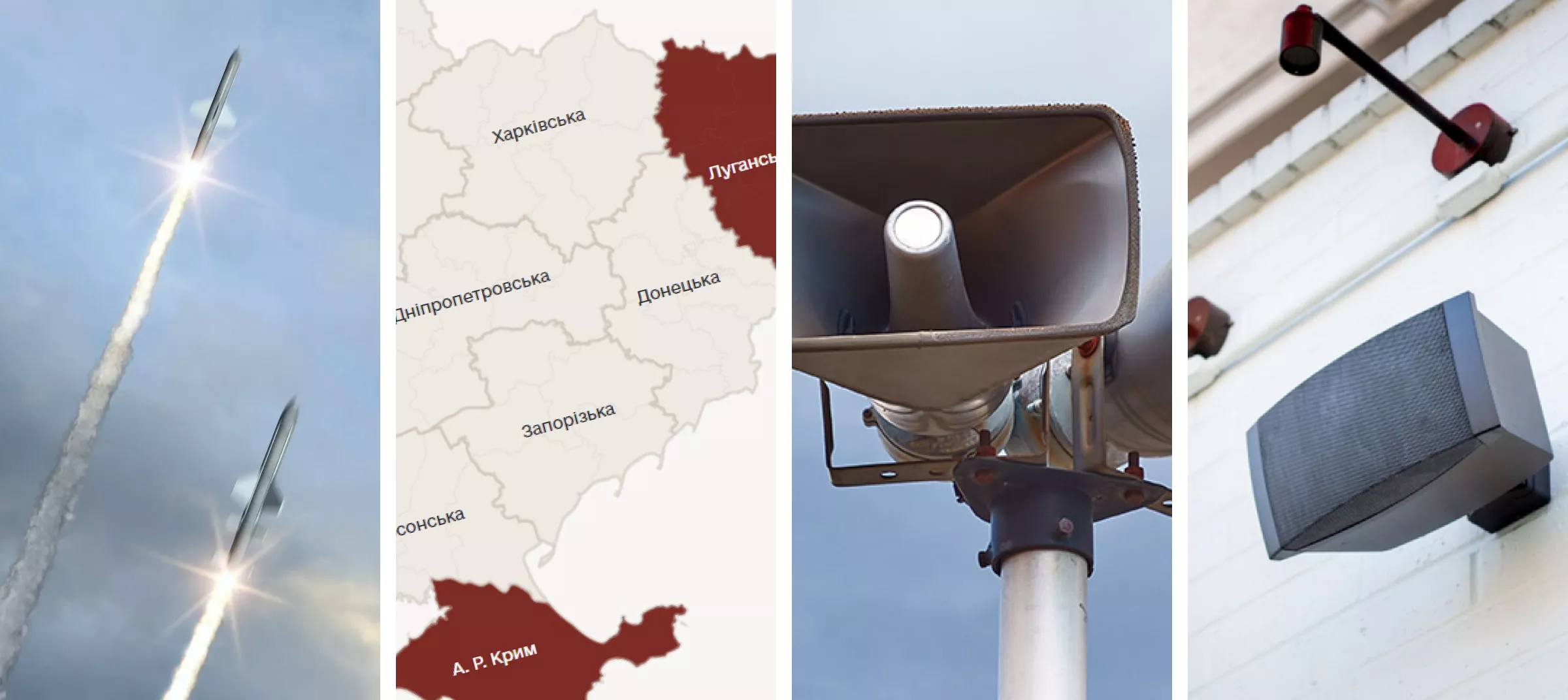 Read the full case study
Read the full case study
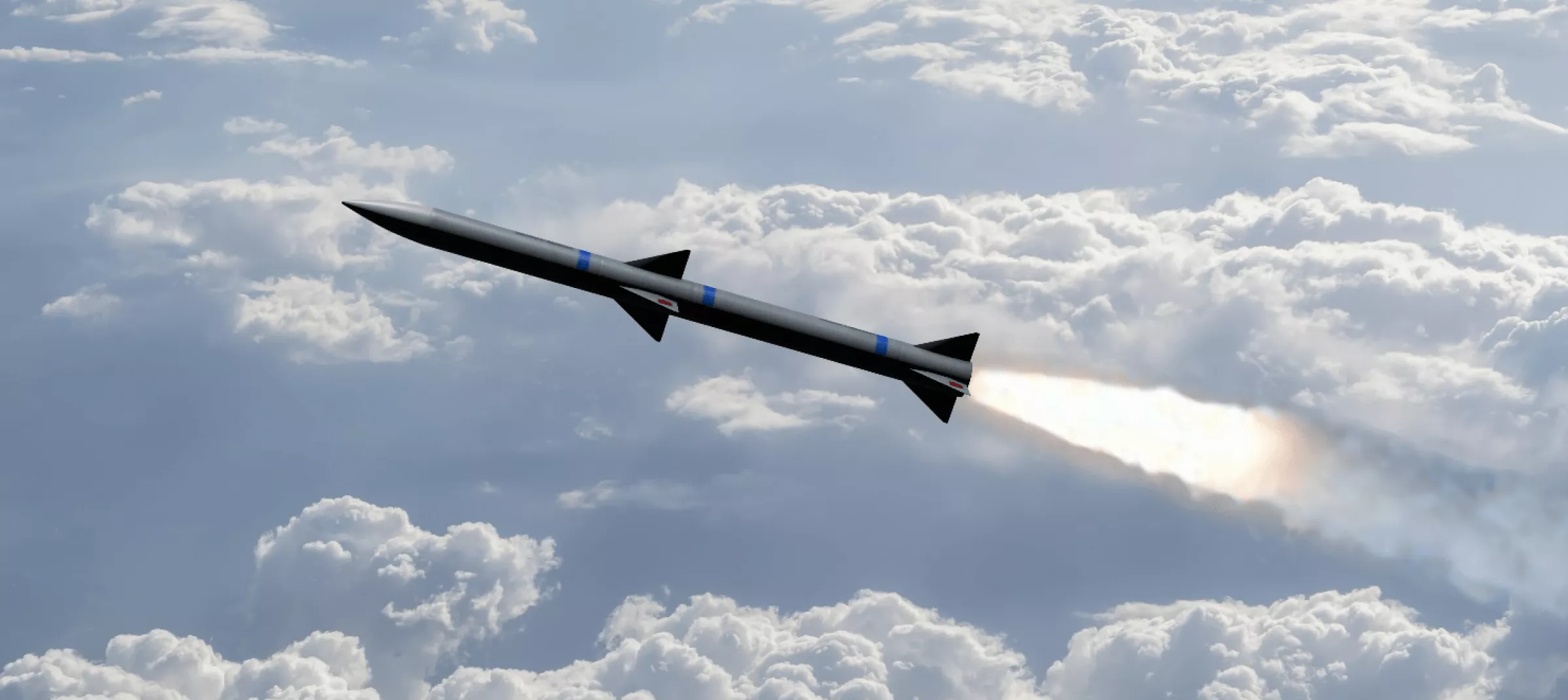 Read the full case study
Read the full case study
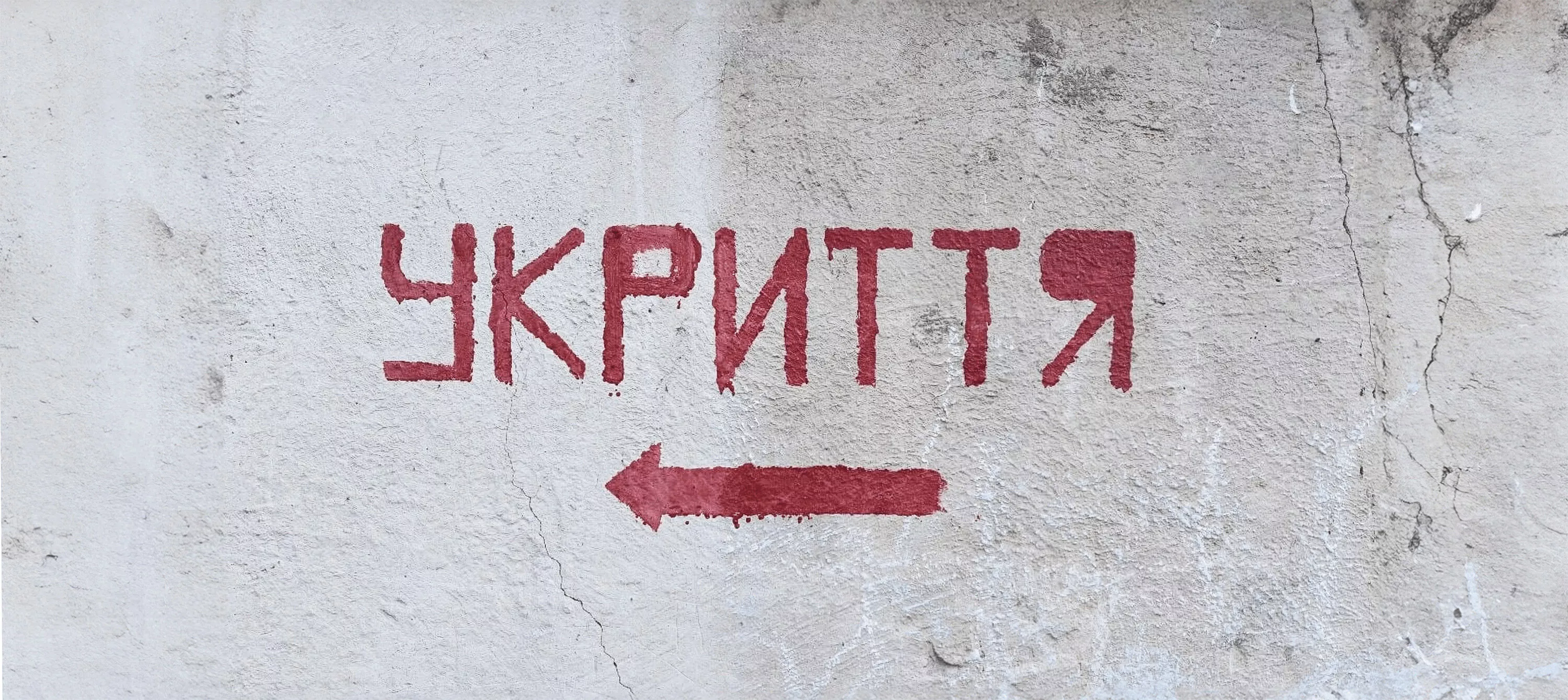 Read the full case study
Read the full case study
